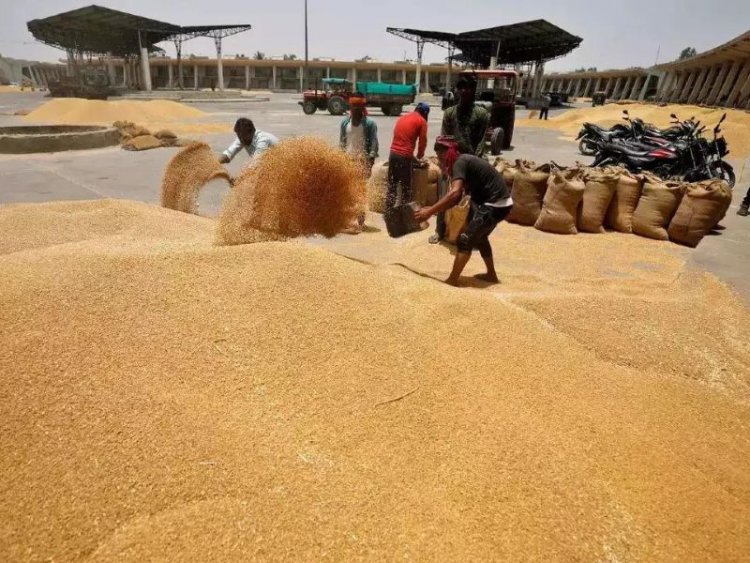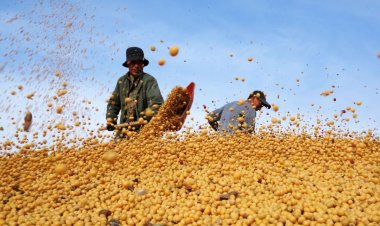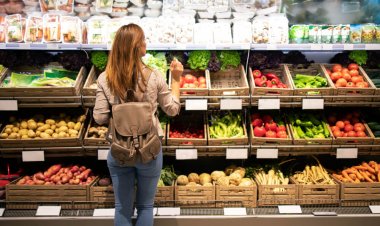The benchmark for world food commodity prices were broadly stable in November, with lower international cereal quotations offset by higher prices of vegetable oils, reports the Food and Agriculture Organization of the United Nations (FAO).
The FAO Food Price Index, which tracks monthly changes in the international prices of a set of globally-traded food commodities, averaged 120.4 points in November, unchanged from its level in the previous month and 10.7 percent lower than in November 2022.
The FAO Cereal Price Index decreased by 3.0 percent from October. International prices of coarse grains dropped by 5.6 percent, led by a sharp fall in maize prices, while those of wheat declined by 2.4 percent in November. The FAO All Rice Price Index remained stable month-on-month amidst contrasting price movements across different origins and market segments.
The Vegetable Oil Price Index, meanwhile, increased by 3.4 percent from October. International palm oil prices rebounded by more than 6.0 percent in November, chiefly underpinned by more active purchases by leading importing countries and seasonally lower outputs in major producing countries. World sunflower oil prices rose moderately, while quotations for soyoil and rapeseed oils dropped slightly in November.
The FAO Dairy Price Index rose 2.2 percent from October, led by high import demand for butter and skim milk powder from Northeast Asian buyers, along with increased internal demand ahead of the winter holidays in Western Europe.
The FAO Sugar Price Index rose by 1.4 percent month on month, averaging in November as much as 41.1 percent higher than its level in the same month last year, influenced by heightened concerns over global export availabilities amid worsening production prospects in two leading exporting countries, Thailand and India, due to severe dry weather conditions associated with the El Niño event.
The FAO Meat Price Index dipped 0.4 percent from October, reflecting minor drops in the world prices of poultry, pig and bovine meats, driven mostly by ample exportable supplies.




 Join the RuralVoice whatsapp group
Join the RuralVoice whatsapp group








































